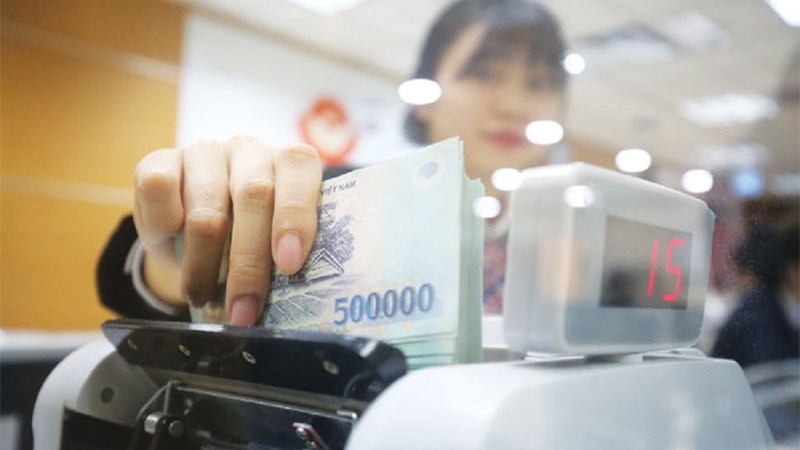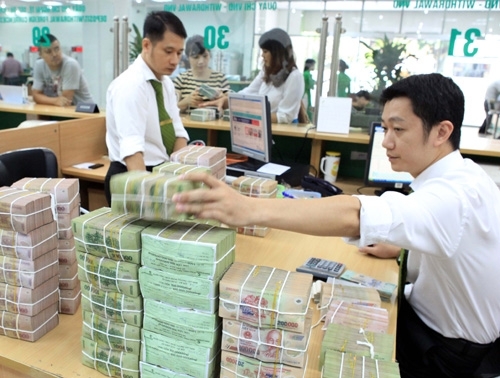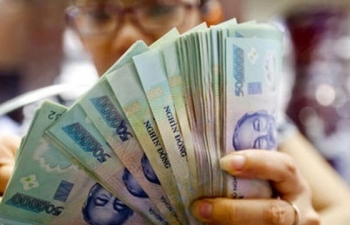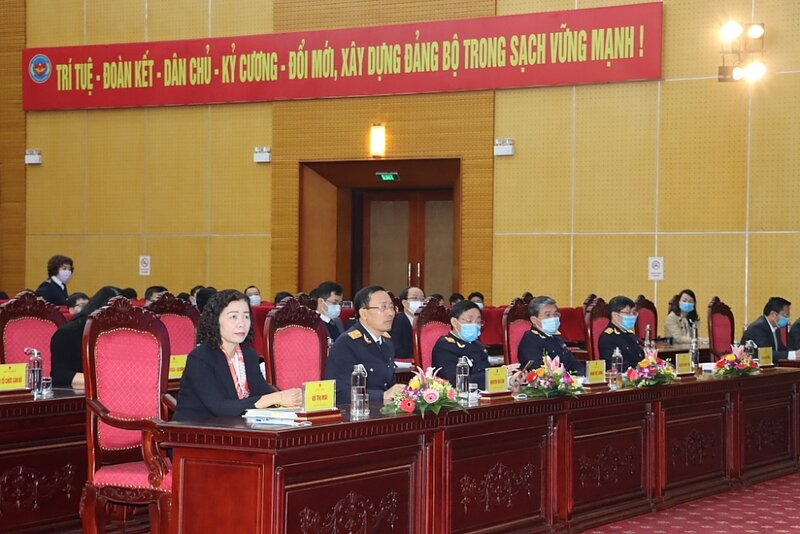Vietnam credit institutions settled nearly US$ 1.2 billion of bad debts in Q1 2020
| SBV urges banks to help rice farmers with loans | |
| SBV to divert more credits to eco-friendly projects | |
| SBV says bitcoin prohibited in Việt Nam |
 |
| (Photo: Financial Magazine) |
According to the report of the State Bank of Vietnam (SBV), the non-performing NPLs of the system of credit institutions continued to be handled, controlled and maintained at less than 3% (the ratio of on-balance sheet bad debts to the end of March 2020 is 1.77%).
From 2012 to the end of March 2020, the whole credit institution system has handled VND 1,076.95 trillion (US$ 46 billion) of bad debts (particularly in 2019, it handled VND 159.7 trillion (US$6.8 billion) and the first 3 months of 2020 it handled VND 26.94 trillion (US$1.17 billion)).
The bad debt ratio of the whole banking system has remained under control at 1.77 per cent of the total outstanding loans by the end of the first quarter this year, meeting the Government’s target of keeping the rate below 3 per cent in 2020.
 |
| (Photo: Bao dau thau) |
The ratio of non-performing bad debts, sold debts to Vietnam Asset Management Company (VAMC) which has not yet been processed and the potential bad debts of the system until March 2020 are at 4.46%, decreased sharply compared to the rate of 10.08% at the end of 2016, 7.36% at the end of 2017 and 5.85% at the end of 2018, according to Financial Magazine.
From 2013 to March 31, 2020, VAMC has purchased debt of credit institutions with the accumulated amount of VND 335,620 billion (US$14 million), of which: (i) Debts bought with special bonds were VND 327,413 billion (US$ 14 million) (in-balance loans of VND 359,393 billion (US$15 million)); (ii) Bad debts bought at the market value were VND 8,207 billion (US$350,000).
"The handling of bad debts at VAMC has achieved positive results, especially since the implementation of Resolution 42", the SBV said.
 |
| (Photo: Banking Times) |
To continually boost the recovery of bad debts, SBV governor Le Minh Hung has asked credit institutions to review and provide detailed roadmaps and solutions for settling their bad debts each year until 2022.
SBV has also issued regulations and policies in line with international practices to improve safety standards in banking, which has contributed to stronger governance and risk management capability under Basel II international banking standards.
In a recent report, Moody's Investors Service pointed out that downside risks to asset quality of Vietnamese banks can arise from disruptions caused by the COVID-19 pandemic, which, if prolonged, will lead to increases in non-performing loans in the manufacturing, trade and other sectors, given Vietnam's large exposure and close ties to global supply chains.
According to the rating agency, as for profitability, the gap will widen between banks that have adopted the new Basel II capital standards and those that have not.
Moody's also expects that in 2020, the country's central bank will grant higher limits for loan growth to banks that have adopted Basel II and maintain good financials. The higher growth limits will translate into larger gains in earnings and widen the profitability gap between banks that have and have not adopted the new capital standard, reported by VNS.
 | New policy in Vietnam: fee for bank and credit organization's establishment reduced by 50% On May 5, 2020, the Ministry of Finance issued Circular No. 33/2020/TT-BTC stipulating the rates of collection and payment of fees for the establishment and ... |
 | Banking credit growth expected to cool in 2019 Analysts believe banking credit growth will ease off next year, but since lending activities will mainly be focused on the economy, growth will not be ... |
 | SCC, Credit Suisse build school in Tra Vinh province This August, 117 children from Phu Can Commune, Tieu Can District, Tra Vinh Province will have the opportunity to study in a safer environment in ... |
Recommended
 Economy
Economy







